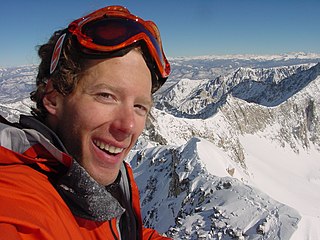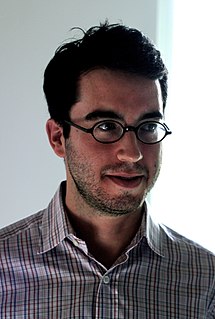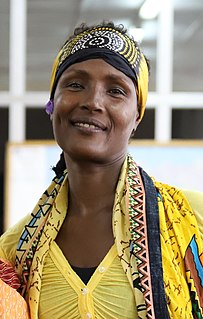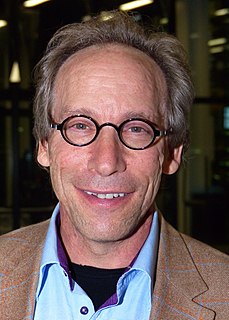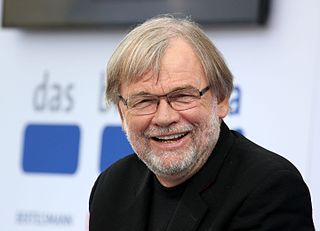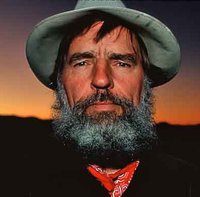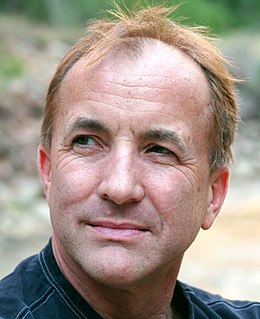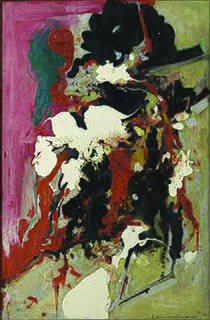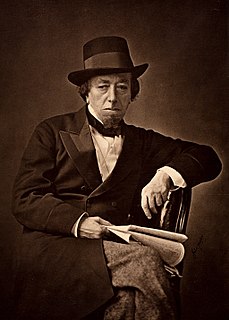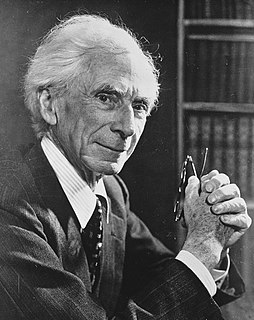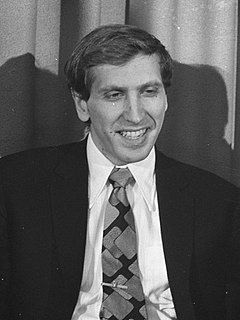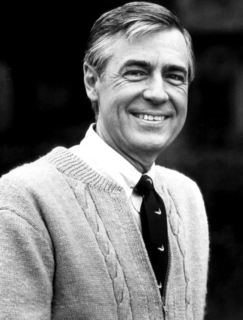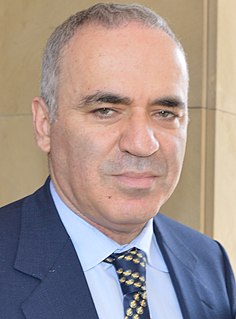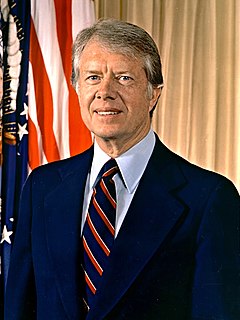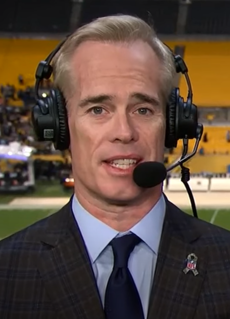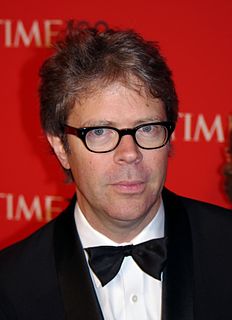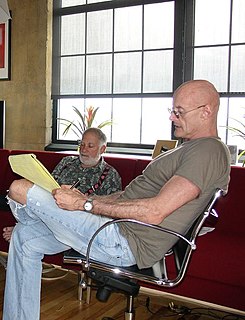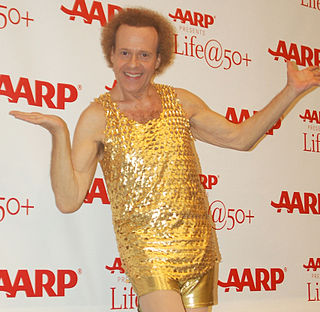A Quote by Aron Ralston
Like looking through a telescope into the Milky Way and wondering if we're alone in the universe, it made me realize with the glaring clarity of desert light how scarce and delicate life is, how insignificant we are compared with the forces of nature and the dimensions of space.
Related Quotes
If you can survive in the desert, you survive anywhere. I know more than anything life in desert. You can tell by looking at the dirt how long ago it rained, how hard it rained, how much water came through. You can by looking at a plant, a tree, from an animal's look. I can read the desert like I read my hand.
Now, almost one hundred years later, it is difficult to fully appreciate how much our picture of the universe has changed in the span of a single human lifetime. As far as the scientific community in 1917 was concerned, the universe was static and eternal, and consisted of a one single galaxy, our Milky Way, surrounded by vast, infinite, dark, and empty space. This is, after all, what you would guess by looking up at the night sky with your eyes, or with a small telescope, and at the time there was little reason to suspect otherwise.
There are many ways in which people are made aware of their power to believe in the supremacy of Divine guidance and power: through music or visual art, some event or experience decisively influencing their life, looking through a microscope or telescope, or just by looking at the miraculous manifestations or purposefulness of Nature.
When we gaze at a star in the Milky Way which is 50,000 light-years away from our sun, we are looking back 50,000 years in time." "The idea is much too big for my little head." "The only way we can look out into space, then, is to look back in time. We can never know what the universe is like now. We only know what it was like then. When we look up at a star that is thousands of light-years away, we are really traveling thousands of years back in the history of space.
It was more work than it seemed, looking through a telescope, as the Earth was continually moving and you had to move along with it. You don't realize how fast this acutally happens, and it's kind of both creepy and wonderful when you stop to think about it. And it makes you realize there's absolutely no way to avoid change. You can sit there and cross your arms and refuse it, but underneath you, things are still spinning away.
Strolling on, it seems to me that the strangeness and wonder of existence are emphasized here, in the desert, by the comparative sparsity of the flora and fauna: life not crowded upon life as in other places but scattered abroad in spareness and simplicity, with a generous gift of space for each herb and bush and tree, each stem of grass, so that the living organism stands out bold and brave and vivid against the lifeless sand and barren rock. The extreme clarity of the desert light is equaled by the extreme individuation of desert life-forms. Love flowers best in openness and freedom.
I walk around the school hallways and look at the people. I look at the teachers and wonder why they're here. If they like their jobs. Or us. And I wonder how smart they were when they were fifteen. Not in a mean way. In a curious way. It's like looking at all the students and wondering who's had their heart broken that day, and how they are able to cope with having three quizzes and a book report due on top of that. Or wondering who did the heart breaking. And wondering why.
What could define God, [is thinking of God] as the embodiment of the laws of nature. However, this is not what most people would think of that God. They made a human-like being with whom one can have a personal relationship. When you look at the vast size of the universe and how insignificant an accidental human life is in it, that seems most impossible.
